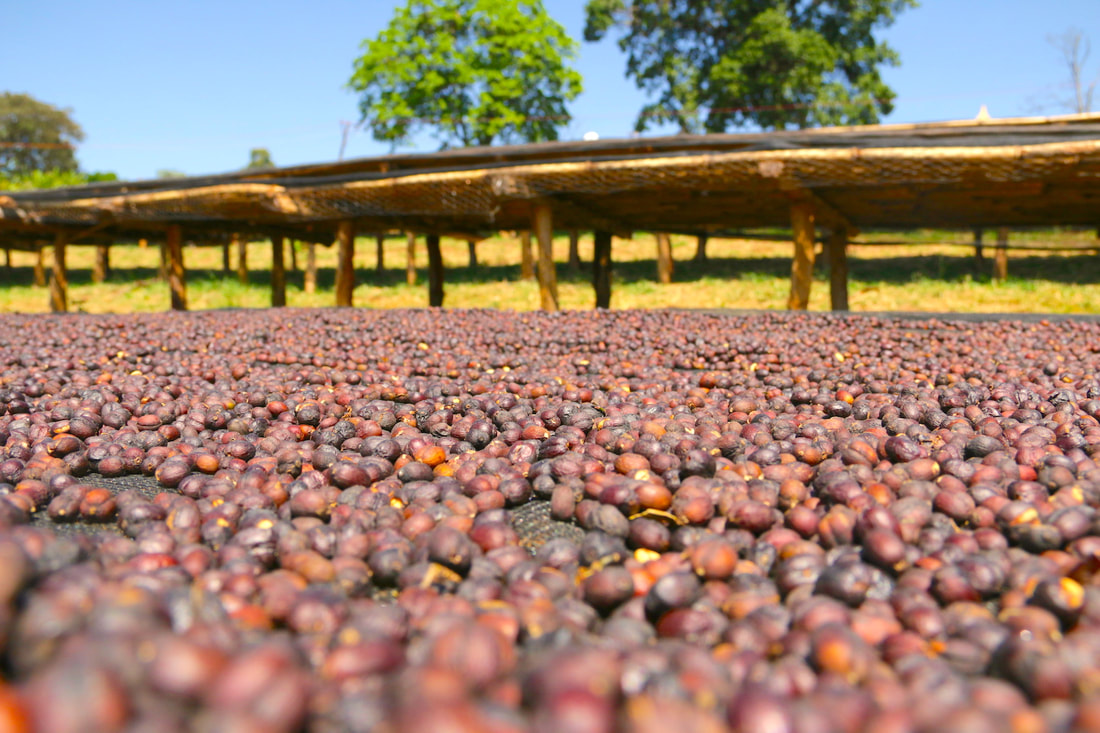What should you keep in mind to start developing your own killer roasting profile for natural coffees?
During the washing process, there are many more opportunities for selection and grading than in the natural process. Although, lately in origins such as Ethiopia and Burundi, where there are cooperatives focusing on quality, they have begun to introduce hand selection and flotation grading, prior to the drying of the cherries on patios or African beds.
Therefore, to obtain consistent results during your roasting, it will be necessary to adjust your profile, which should be different from the one you use for high altitude washed coffees, and also different from the one you use for Brazilians naturals, since these beans are less dense than those from Ethiopia or Burundi for example.
During the dry process, a series of important metabolic events occurs within the bean that are almost imperceptible to the human eye, but very much to the taste buds!
In the cell wall structure of the bean, there is a significant mutation of organic and inorganic compounds, a migration of low molecular weight sugars (such as sucrose, glucose and fructose), and a relative (but not absolute) increase of polysaccharides and acetic acid.
- Start your roast with a lower charge temperature. (25% less than what you use your high-density washed profile is a good starting point)
- Try to stretch the drying stage, so you can "thermally align" the whole batch.
- Reduce the amount of energy input (with air flow and/or gas) when the crack begins, but without extending its development for more than 1.30 min.
We hope this article become useful and let us know in the comments what is your experience roasting natural coffees from Ethiopia or Burundi!






 RSS Feed
RSS Feed